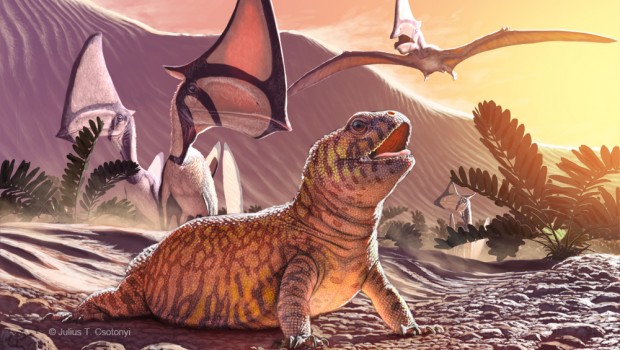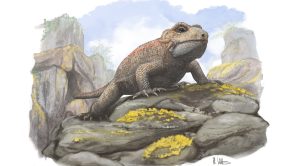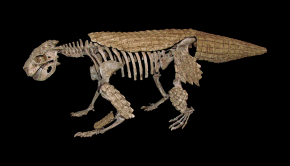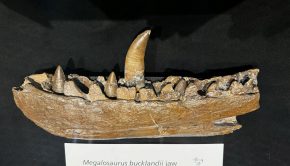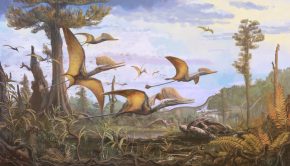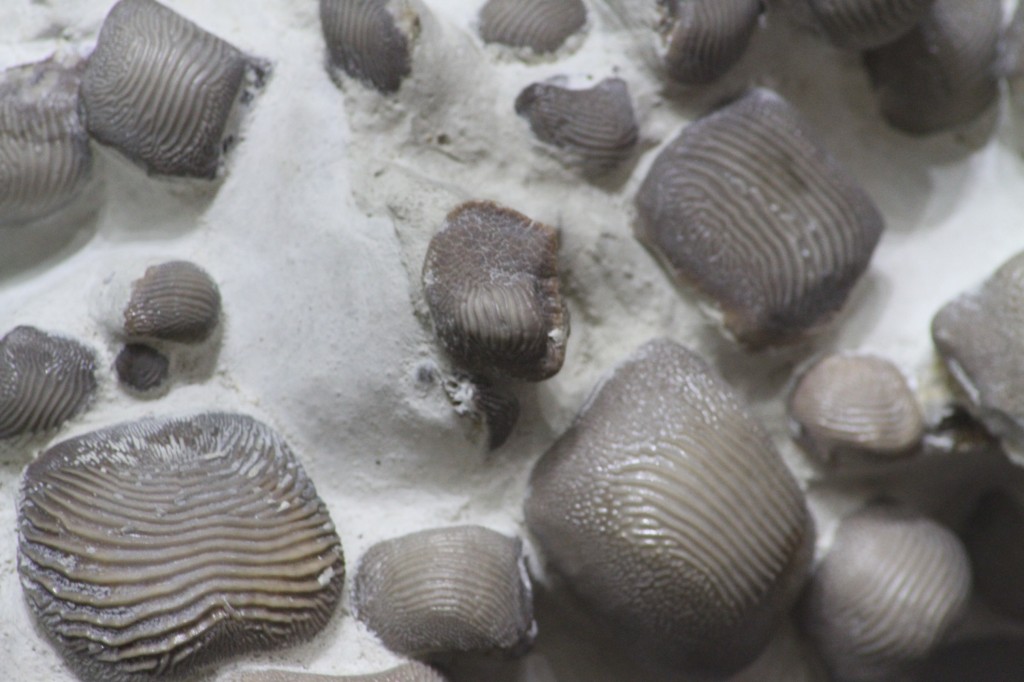New iguana from Brazil
A new iguanian fossil described in Nature Communications from the Late Cretaceous of Brazil is changing traditional views on early lizard evolution in the southern hemisphere. Lizards are split into two groups: acrodontan lizards (found in Old World continents today) and non-acrodontans (or “pleurodont”) found primarily in the Americas. The new species, Gueragama sulamericana, is the first acrodontan lizard from South America, fossil or living. This brings up interesting questions about iguanian evolution, extinction, and dispersals, which lead-author Tiago Simões of the University of Alberta discussed with Palaeocast in more detail:
“It is not every day you find a member of a family of reptiles inhabiting a continent where they were previously unknown. This gives us a hint on how little we know about the early evolution of lizards in South America, and all other southern continents broadly speaking.
The biogeography of acrodontan iguanians has been a topic of great debate in the past, and given research interest because of the complimentary distribution seen between modern acrodontan and “pleurodont” iguanian families. Due to the lack of good fossil evidence, most studies have focused on the analysis of modern acrodontan species to understand how such distribution came to be. Gueragama provides new insight into that debate, contradicting some previous hypotheses. For instance, it becomes clear acrodontan iguanians migrated throughout southern continents much earlier than previously thought (actually reaching regions where they do not inhabit today) by the order of tens of millions of years.
As many other scientific findings, this raises a number of questions we never thought about. Considering only “pleurodont” iguanian families inhabit the Americas today, and that acrodontans were present in South America during the Cretaceous as indicated by Gueragama (which possibly lived along with the first “pleurodonts” to reach that continent, as previous finds suggest), then why and how did acrodontans disappear from that region while “pleurodonts” thrived? Does that reflect niche competition? Did the end Cretaceous extinction affect them differently? This finding puts forward a number of biogeographic and faunal turnover questions of great interest to both palaeontologists and herpetologists that we hope to be answered in the future.
Another interesting aspect is how much information we could extract from the new find, given the limited amount of data preserved. Despite having only a few jaw fragments, these parts of the skeleton are actually the most important ones to diagnose Gueragama as an acrodontan lizard. If we had the entire skeleton from the neck down, it would actually be harder to understand to which family of lizards the species belongs to.
Like modern lizards in desert environments, including other acrodontans, it is expected Gueragama lived in burrows in the ancient desert of Caiuá during the hottest hours of the day, and had a skin color which helped to camouflage itself on the sand and rocky background of that region against predators.”
Gueragama is an important find in our understanding of iguanian evolution. In addition to what Simões mentioned above, this find is interesting because Gueragama is thought to be more closely related to lizards found today in the Old World continents (e.g. Africa, India) than those found in modern day South America. This new fossils is raising a lot of interesting questions about the evolution, distribution, and dispersal of iguanians. How and when did the get to South America? Could they have started in South America and dispersed to Africa and India? How are fossil acrodontans from Brazil more closely related to living Old World lizards than others living on the same continent? Looks like there will be a lot of interesting studies on lizard evolution coming soon!
Image caption: Life reconstruction of Gueragama sulamericana in its palaeohabitat. As the extant agamid Uromastyx in Africa, G. sulamericana also inhabited a desert environment. The new species was found in an ancient oasis along with pterosaurs of the species Caiuajara dobruskii. Reconstruction created by J. Csotonyi.
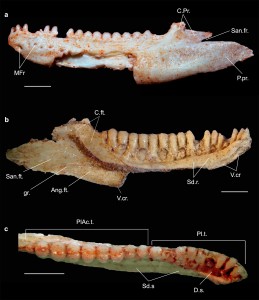
Holotype of Gueragama sulamericana. CP.V 2187 in (a) labial, (b) lingual and (c) occlusal views. Ang.ft., angular fac; C.ft., coronoid facet; C.Pr., coronoid process; D.s., dental sulcus; gr., groove; M.fr., mental foramina; P.pr., posterior process; Pl.t., pleurodont teeth; PlAc.t., pleuroacrodont teeth; San.fr., surangular foramen; San.ft. surangular facet; Sd.r., subdental ridge; Sd.s., subdental shelf; V.cr., ventral crest of dentary. Scale bars, 2 mm. (Simões et al. 2015)

